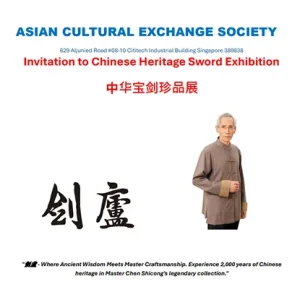
Chinese Heritage Sword Exhibition
Chinese Heritage Sword Exhibition A
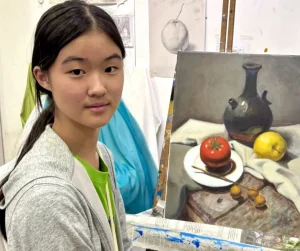






















Yeo Hoe Koon
Oil on Canvas
64 x 89.5 cm
Price Range: $16,000 - $20,000
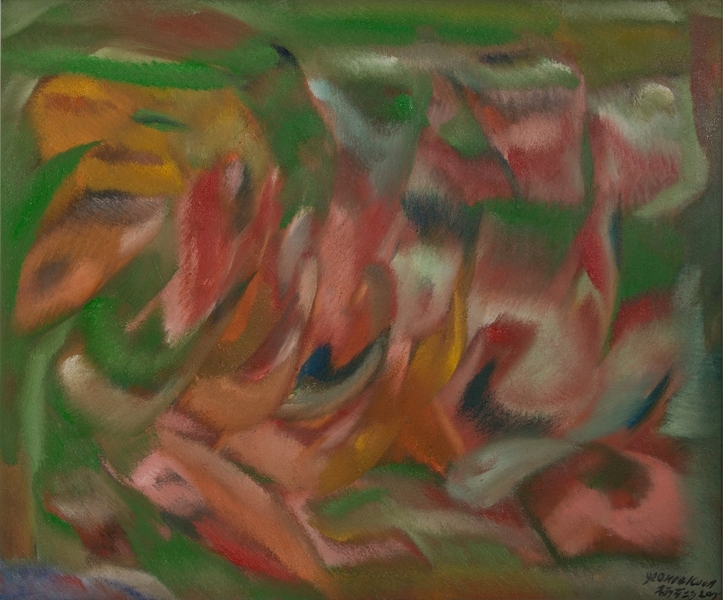
Yeo Hoe Koon
Oil on Canvas
101 x 123 cm
Price Range: $26,000 - $32,000
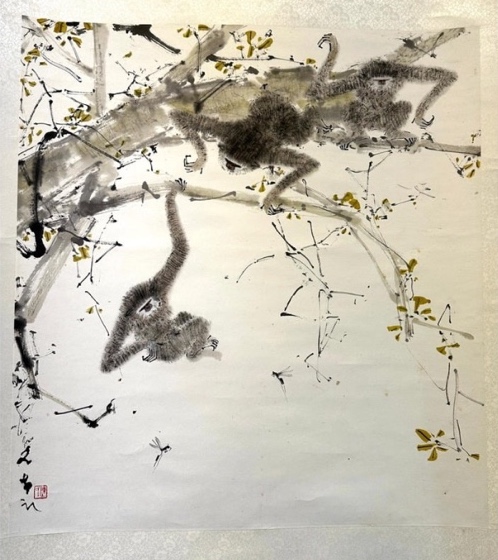
Chen Wen Hsi
Chinese Ink and Color on Paper
50 x 54cm
Price Range: SGD $42,000 - $50,000

Cheong Soo Pieng
Red Tone
61 x 91.5cm
Price Range: SGD $108,000 - $138,000
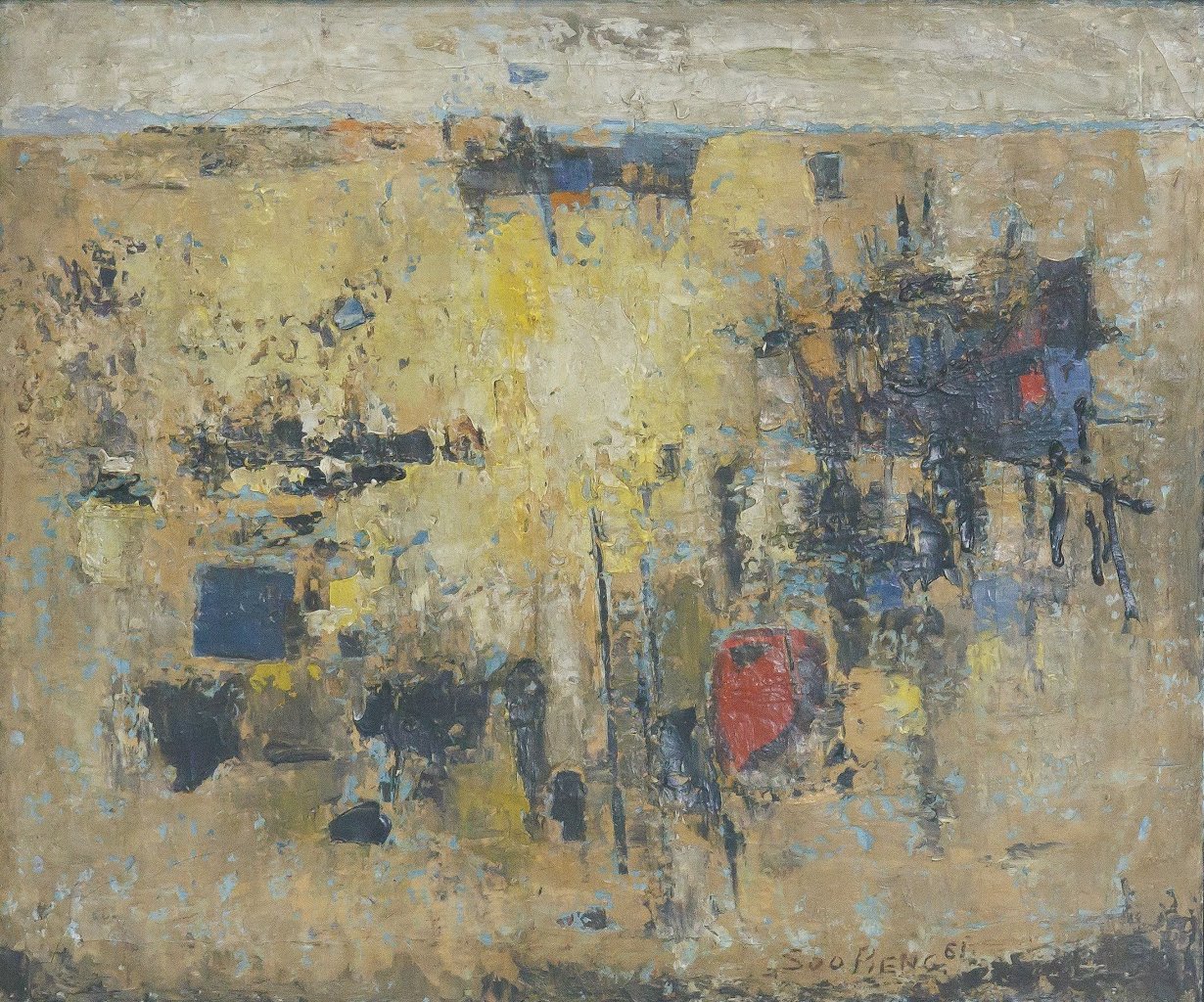
Cheong Soo Pieng
Abstract Landscape
50 x 61cm
Price Range: SGD $95,000 -$128,000
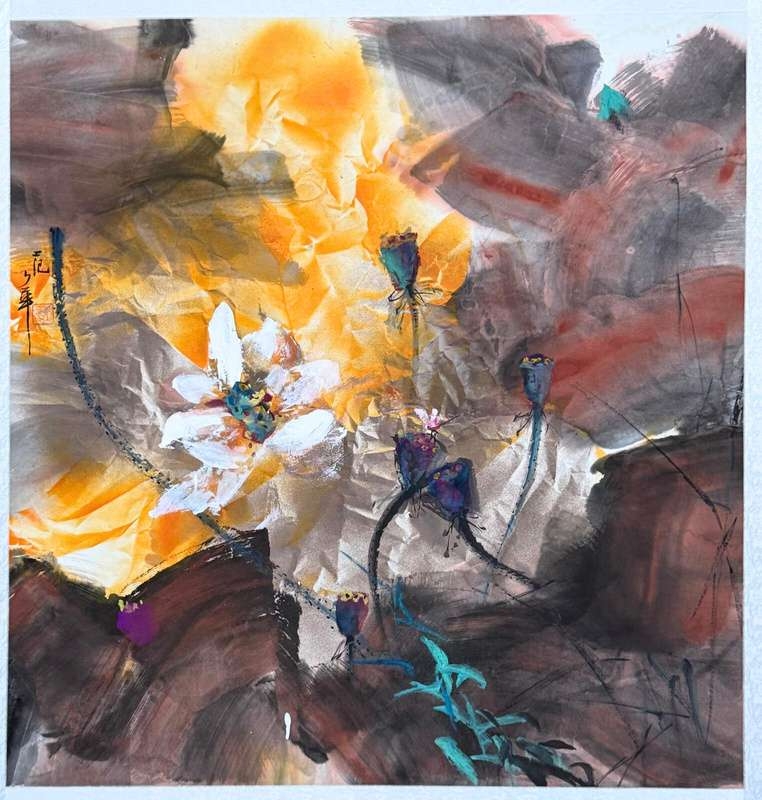
Fan Shao Hua
Chinese Ink and Colour on Paper
100 x 100cm
Price Range: SGD $9,800 - $14,800
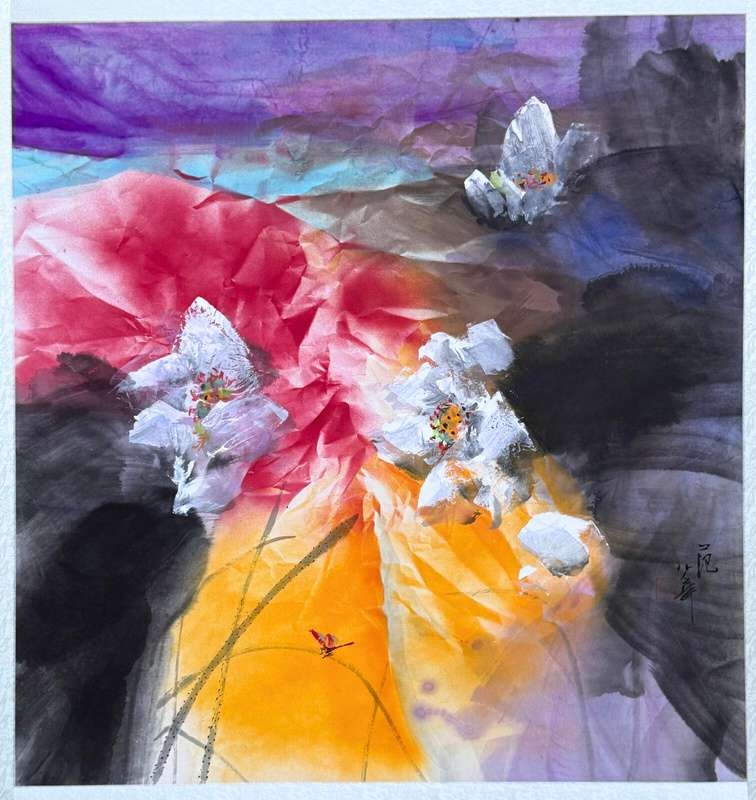
Fan Shao Hua
Chinese Ink and Colour on Paper
100 x 100cm
Price Range: SGD $8,800 - $13,800
11 May to 16 May 2019
Following the analects of Confucius, the trio – Jiang Donghang, He Baisha and Wu Qiulai embarked on an artistic journey together, because of their love for painting.
Each of them has their own strengths. Jiang Donghang is good at painting flowers, birds and fishes; He Baisha specializes in landscapes with his unique personal style, and Wu Qiulai is famous for his figure paintings.
The trio learns from each other, watching each other and encouraging one another in this artistic journey. They work together in their own mission to protect and pass on to their predecessors of the painting world.
In celebration of the 200th anniversary of the opening ceremony in Singapore, each person selected a few paintings. They aim to exhibit the works to show to art lovers to receive valuable suggestions so that they can learn and improve from then on.
论语有云: 三人行,必有我师焉,择其善而从之,其不善者改之。
江东航,何白沙,吴秋来,秉承此信念,也因绘画的爱好而行走在一起。
三人之中各有所长,江东航擅长花鸟鱼虫,尤工指画。
何白沙专攻山水,写中国崂山景物,笔情墨趣,别具个人时代风格。
吴秋来喜画人物,以印度风情画而闻名,最近又以巴厘岛人物入画。
三人彼此相互学习,观摩也相互鞭策,于是变得非常莫逆。
有人读到精辟的绘画方法就会拿出来讨论,研究,吸收,并加以采纳。
三人都负了一项神圣的使命,就是要把从画坛前辈传承下来的艺术加以守护,继承,并发扬光大。
良工不示人以璞(未雕琢完善的玉 ),三人努力了许多年,觉得作品成熟了,于是各人选出二,三十幅画作,在新加坡庆祝开阜两百周年盛会之际,展示出来向艺术同好讨教,吸取他们的宝贵意见,好让三人作品以后能更上一层楼。

Chinese Heritage Sword Exhibition A
Odyssey of Motherhood Synopsis Can
Embark on a captivating journey into the vibrant world of digital art! Our Foundation in Digital Art workshop invites budding creatives aged nine and above to unleash their imagination and hone their artistic skills in a dynamic, supportive environment. From mastering basic digital tools to crafting mesmerizing digital masterpieces, children will explore a spectrum of techniques guided by seasoned mentors. Through hands-on activities and interactive sessions, participants will discover the endless possibilities of digital expression while fostering creativity and critical thinking. Join us for an exhilarating adventure where young artists transform ideas into stunning visual realities, igniting a passion for digital art
In the Batik Introduction Handkerchief Painting workshop, participants will learn the traditional art of batik, a wax-resist dyeing technique originating from Indonesia. The workshop begins with a brief history and overview of batik, highlighting its cultural significance and various techniques. Participants will then observe a demonstration of applying wax with tjanting tools and dyeing the fabric. Following the demonstration, each participant will design and create their own batik handkerchief, applying wax to create patterns and then dyeing their fabric. The workshop concludes with a group discussion, allowing participants to share their creations and reflect on their learning experience.